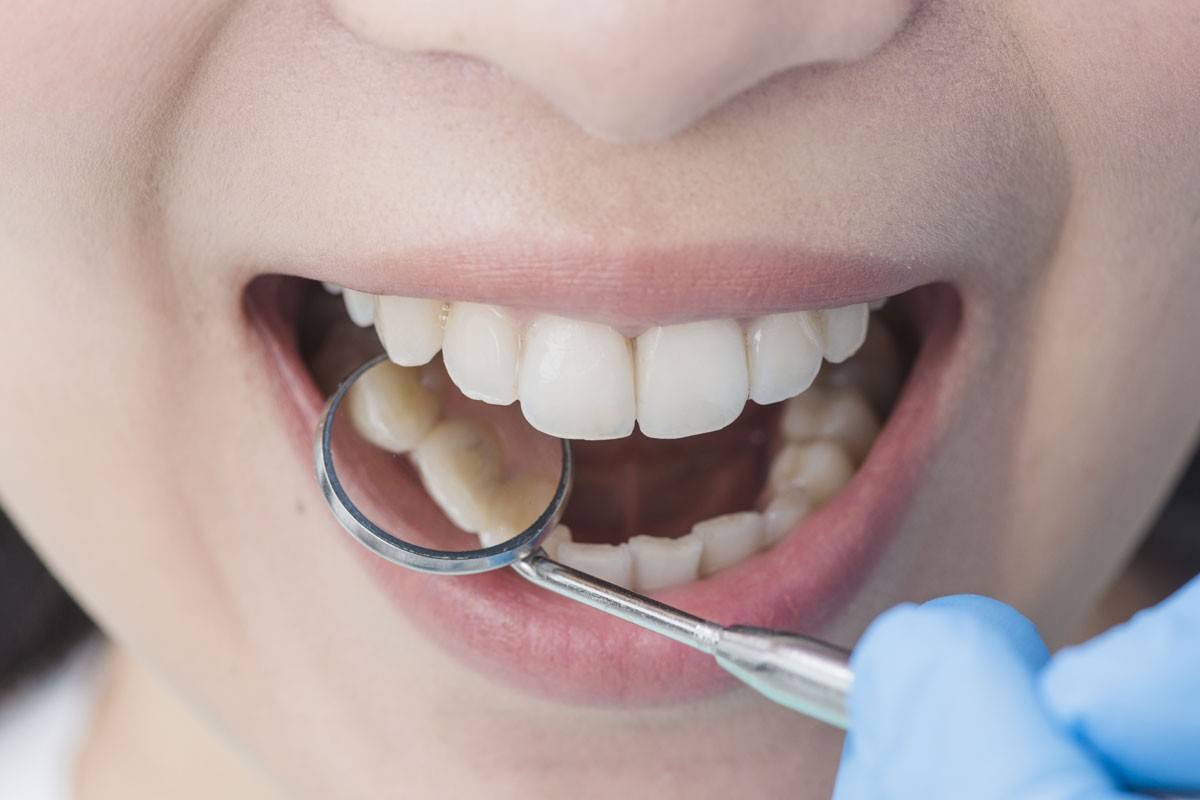
Your teeth are constantly moving, even if you can’t see this. Even if you’ve had braces or other dental work, your teeth will continue to shift slightly over time.
This movement is caused by a variety of factors, including the changing shape of your jaw as you age, pressures from eating and talking, your teeth returning to their natural positions after orthodontic treatment, and other possible health issues, such as gum disease or teeth grinding.
There are some things you can do to keep your teeth in good alignment. Continue reading to find out why teeth shift and what you can do to minimize their movement.
Teeth Shifting after Orthodontic Procedures
Your teeth have been moved from their natural positions if you’ve had braces or other orthodontic procedures to correct tooth alignment.
When you remove your braces or stop wearing alignment trays like Invisalign, your teeth may begin to shift back to their original positions. This is entirely natural. Some people may experience more pronounced movement, while others may experience very little movement.
People who wear a fixed or lingual retainer after orthodontic treatment, which is a retainer that is permanently bonded to your teeth, are also at risk of tooth movement.
Other Causes of Teeth Shift Over Time
Your teeth are constantly subjected to a variety of stresses. Simply talking and pressing your tongue against your teeth to make certain sounds can cause tooth pressure.
When you smile, sneeze, or cough, the muscles in your face and mouth move, putting more pressure on your teeth.
Minor stressors may cause very minor changes in tooth alignment, but those changes may be significant enough to warrant adult braces.
Other, more significant factors could cause tooth movement over time. These are some examples:
Jawbone Growth
As you get older, your jawbone moves forward and narrows. This can initially cause your lower teeth to become more crowded. Changes in your bottom teeth can affect your bite over time, causing a shift in your upper teeth.
The modifications may be so minor that nothing needs to be done. Some people, however, may require tooth extraction, bridgework, or implants to correct their bite.
Gum Disease
Periodontitis, or gum disease, weakens the gums, which helps keep teeth in place. According to the American Dental Association, one of the many serious complications of gum disease is loose or shifting teeth.
Teeth Grinding
Grinding your teeth may cause them to shift over time as well as wear them down. This condition, known as bruxism, is extremely common.
In a 2016 survey of over 6,000 people conducted by Trusted Source, 8.6 percent reported grinding their teeth while sleeping. According to a 2013 study published in the Journal of Oral and Facial Pain and Headache, 22 to 31 percent of adults have bruxism while awake.
CPAP
Continuous positive airway pressure (CPAP) therapy entails wearing a mask over your nose (though some CPAP masks also cover your mouth) to receive a constant flow of air into your lungs.
CPAP was created for people who suffer from obstructive sleep apnea. During sleep, the tissue in the back of your throat relaxes, restricting the flow of oxygen into your airways.
According to a 2018 study
Trusted Source acknowledged in the Journal of Clinical Sleep Medicine that CPAP therapy can cause tooth movement. The researchers recommend that CPAP users monitor any changes in their bite and work with an orthodontist to prevent or correct any major shifting.
How to Minimize Teeth Shifting
Removable Retainer
Your orthodontist will most likely fit you for a retainer after your braces have been removed. It may be advised that you wear it only at night or for as many hours per day and night as you can.
Following your orthodontist’s recommendations is one of the most important things you can do to keep your newly straightened teeth in place.
Permanent Retainers
Fixed, or lingual, retainers are generally quite effective at maintaining tooth alignment and should be considered as a treatment option once your braces have been removed.
If you get a fixed retainer, make sure to have it checked by your orthodontist on a regular basis. A problem with a bond to just one tooth could lead to larger issues that necessitate additional orthodontic treatment.
Good Oral Hygiene
As with any aspect of dental health, the simplest but most important strategy is to practice good dental hygiene all year. This includes brushing at least twice a day, flossing daily, and having regular dental checkups. If gum disease is an issue, good dental hygiene may necessitate more frequent dentist visits as well as procedures such as teeth scaling and root planing.